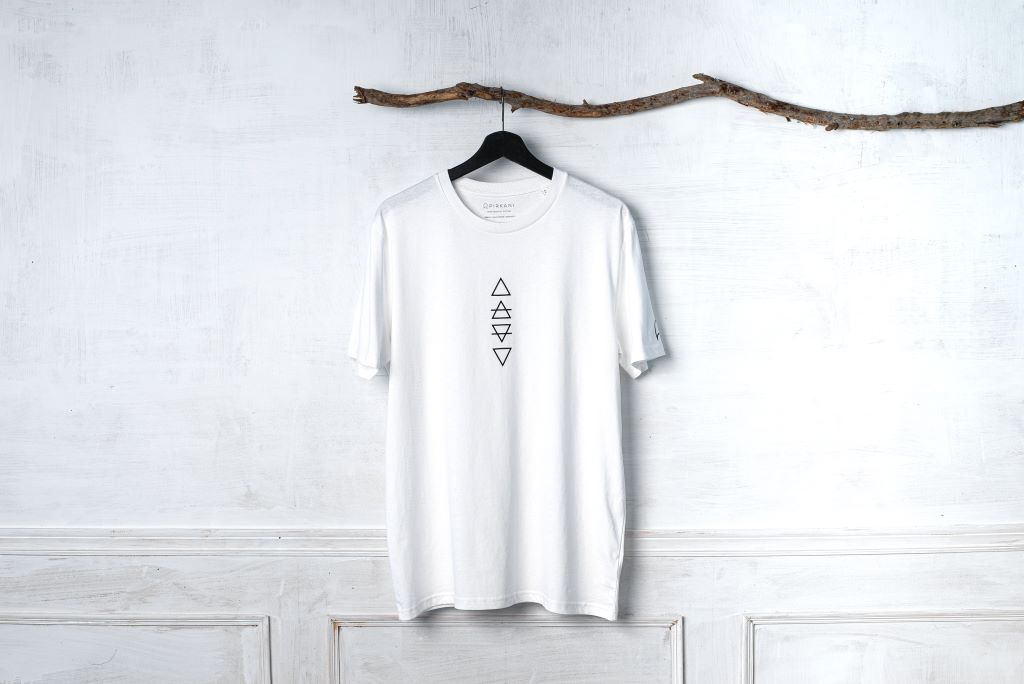Innovation, Technology and Fashion: Clothing Design for a Sustainable Lifestyle

Technology and innovation are advancing our world every day, yet so many fashion brands keep sticking to methods which are hundreds of years old. While in some cases, the ‘good old ways’ are a sustainable alternative to unsustainable fast fashion, in others, embracing technology can help sustainable fashion designers substantially reduce the environmental impact of the garments they create.
If we hope to help more people live a more sustainable lifestyle, we need to start tackling the environmental impact of sustainable fashion during clothing design and down the supply chain, using the technology and innovation that is progressing every day. As one of the most wasteful and polluting industries in the world, fashion certainly is in the dire need of a change.
In this blog, we’ll discuss the different innovation and technology solutions which can be used to improve a garment’s sustainability. From creating patterns to prolonging a garment’s lifecycle with rental services, innovation holds the promise to transform everything about fashion as we know it today.
Innovative patternmaking
Around 15% of fabric is wasted during the design process! Effective patternmaking is one of the best ways to do so, as it reduces the amount of cutaway fabric which can’t be used in any other way.
Some innovative brands are finding ways to arrange the necessary pieces into patterns like jigsaw puzzles, in a way that uses every inch of the fabric and produces no scraps, inching the clothing design process another step closer towards zero waste.
3D samples for a low-carbon design process
Looking into the future, technology which could significantly decrease the carbon footprint of the design process would be virtual 3D samples, which would enable designers to collaborate without having to travel.
However, it’s not just transport which is skipped thanks to this technological advancement. Designers regularly waste large amounts of material on the creation of samples and, if this is made completely virtual, this source of waste can be avoided.
Waste into fashion
Many of the natural fabrics used by sustainable fashion designers nowadays have existed for thousands of years and, while innovative steps towards circularity such as water recycling can make them more sustainable, it would be a shame not to use the innovative materials becoming available thanks to technology.
Innovation is enabling fashion designers to turn trash into treasure – literally. Old clothing, postconsumer waste or agricultural waste can both be transformed into new materials.
Some designers are innovating with their state of mind, re-spinning yard from or jumpers to create new knitwear or seam-ripping up old denim to make it into new garments.
However, the use of agricultural waste to create materials is where the collaboration of innovation and technology shines. Pinatex – the pineapple alternative to leather which is rising in popularity with sustainable fashion brands – is made from pineapple leaves which would otherwise be burnt. Another innovative sustainable alternative to animal products is Orange Fibre, developed by an Italian start-up turning juiced oranges into vegan silk.
Post-consumer waste, such as plastic water bottles or old fishing nets, can be another source of sustainable materials. They can be turned into recycled polyester garments, which is a trend being picked up even by mainstream brands such as Adidas or Nike.
Aside from materials made from waste, bioengineered materials, such as lab-grown leather, are also worth mentioning, although it remains to be seen just how sustainable they become in comparison to the traditionally-produced fabric.
The potential of automatization
To make the production of garments better for the planet, sustainable fashion brands could embrace automatization. This possibility is coming closer with the rapid advancements in robotics and the development of sewing bots capable of many of the necessary tasks of garment production. The start-up Sewbo has already produced a t-shirt made entirely by automatised bots!
The implementation of automatization technology could solve many issues within garment production, including concerns about working conditions or the need for transportation from developing countries.
Another piece of innovation which could revolutionise garment production is 3D printing. To date, this is mainly being tested in footwear production.
However, while the rise of automatization could become very helpful to sustainable fashion brands, it could also be used by fast-fashion brands to speed up their process – and make fast fashion even faster and more wasteful than before.
Thankfully, blockchain technology could make it easier for everyone to see the footprint of a garment. Start-ups such as Provenance could make seeing the entire journey of a garment as simple as scanning the product label.
Extending fashion’s lifecycle with take-back programs
To make the garment’s lifecycle longer, some sustainable fashion brands are thinking outside the box by letting customers send back their old garments to be resold. This is being made increasingly easy by the globalization trend and evolving technology. The brand refurbishes the garment to ensure it’s in perfect condition and then resells it at a reduced price.
These sustainable fashion labels are also providing incentive for shoppers to buy from them again by doing this, as the reward for returning a garment is typically a voucher for their next purchase.
Rental services
The ultimate innovation to extend the lifecycle of a garment as much as possible? Rental services for clothing! As sharing economy is becoming increasingly popular, brands like Rent the Runway are offering a more sustainable alternative to buying thanks to their innovative approach to clothing.
These are also being made increasingly accessible with time and, in the future, most of our closets could be rented rather than owned!
Sustainable and responsible clothing design can be a solution to many of the environmental, social and economic issues the fashion industry has today. Making use of sustainable innovation and technology, as well as keeping a creative mindset, should be in the toolkit of every sustainable fashion designer of the 21st century.





Leave a comment